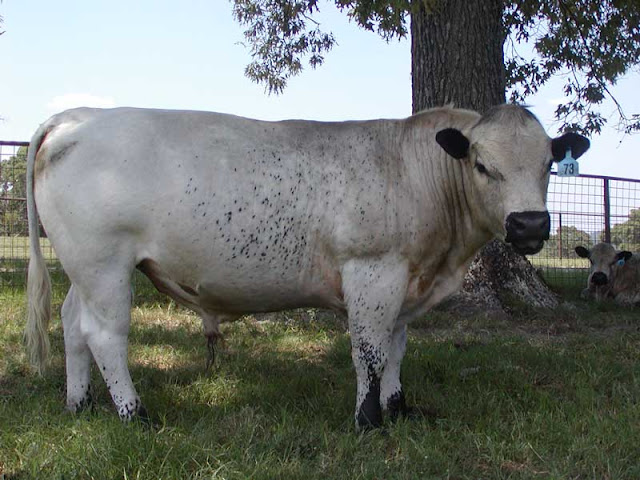Wild White Cattle.
Otago Witness , 1903
"In view of the fact that only a few specimens of the original wild white cattle which at one time roamed the forest solitudes of these countries are now left in the United Kingdom, it is regrettable to learn that the herd of those animal's which has been in existence for many years past at Chartley is threatened, with extinction. Some years ago, owing to an outbreak of rinderpest, the herd of these wild white cattle kept by the Duke of Hamilton at Cadzow (see 1835 print below) was reduced to less than a dozen, but, thanks to the adoption of special measures to facilitate breeding operations among them, tho stock again multiplied steadily until the herd once, more reached its original dimensions. The rapidity with which the Cadzow herd recovered itself in that crisis is rendered specially interesting at the present juncture because of the corresponding position into which the herd at Chartley Castle has fallen.
Some time ago a number of the animals in this herd were found suffering from a destructive disease, and before the progress of the malady could be arrested a good many fatal cases had occurred. According to the latest reports the total number of wild cattle at Chartley at the present time falls short of a dozen; it is therefore to be hoped that, as in the case of the Cadzow Park cattle, such steps will be taken as will prevent the extinction of the herd, and the consequent disappearance of one of the most interesting links between the present and the past of stock-breeding in these countries.
The origin of these and the other wild cattle left in England and Scotland has been much speculated upon, but no very definite conclusion has ever been reached. They are small in size, and there is little to encourage the belief that they are the descendants of the great Urus that was once plentiful enough in this part of the world. But, whatevertheir lineage, it would be unfortunate if they were allowed to die out, and with them so many interesting associations.
Apropos of these wild white cattle, it is interesting to learn that in browsing on what may be described as their native wilds, they always keep close together, never scattering or straggling, apeculiarity which does not belong to any domesticated cattle. The wild cows are also remarkable for their systematic manner of feeding. At different periods of the year their tactics are different, but by those acquainted with their habits they are always found about the same part of the forest at the same hour of the day. In the height of summer they always bivouac for the night towards the northern extremity of their confines; from this point they start in the morning and browse to tho southern extremity, and return at sunset to their old rendezvous, always feeding close together."
1835 Elegant engraved image titled, "The White Uru or Hamilton (Cadzow) Breed of Wild Cattle."
NOTE: In this 1835 image you see both a horned example of the Park cattle breed, along with a Polled example of the breed; as well, the young calf is what we consider to be under-marked today.






